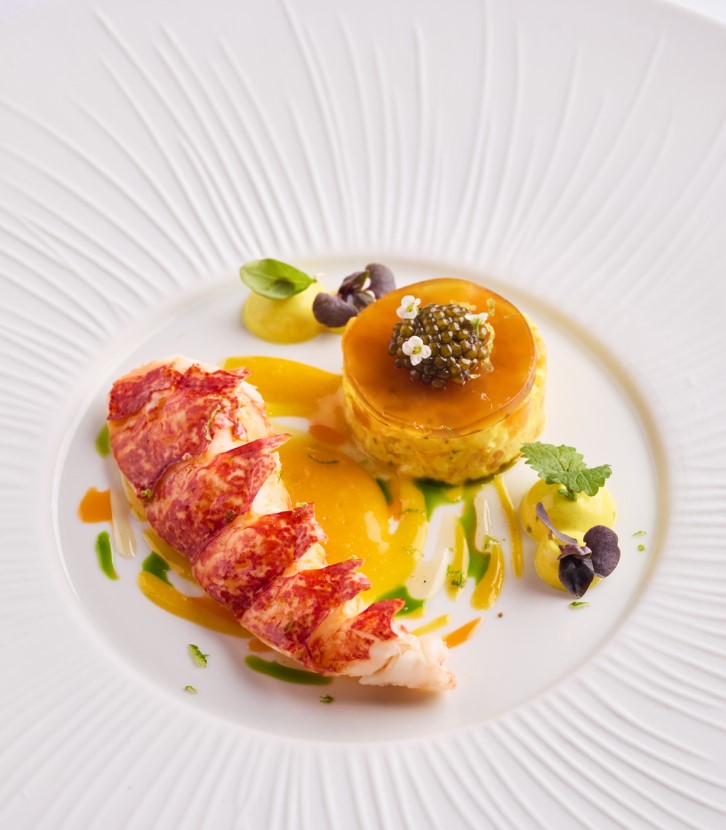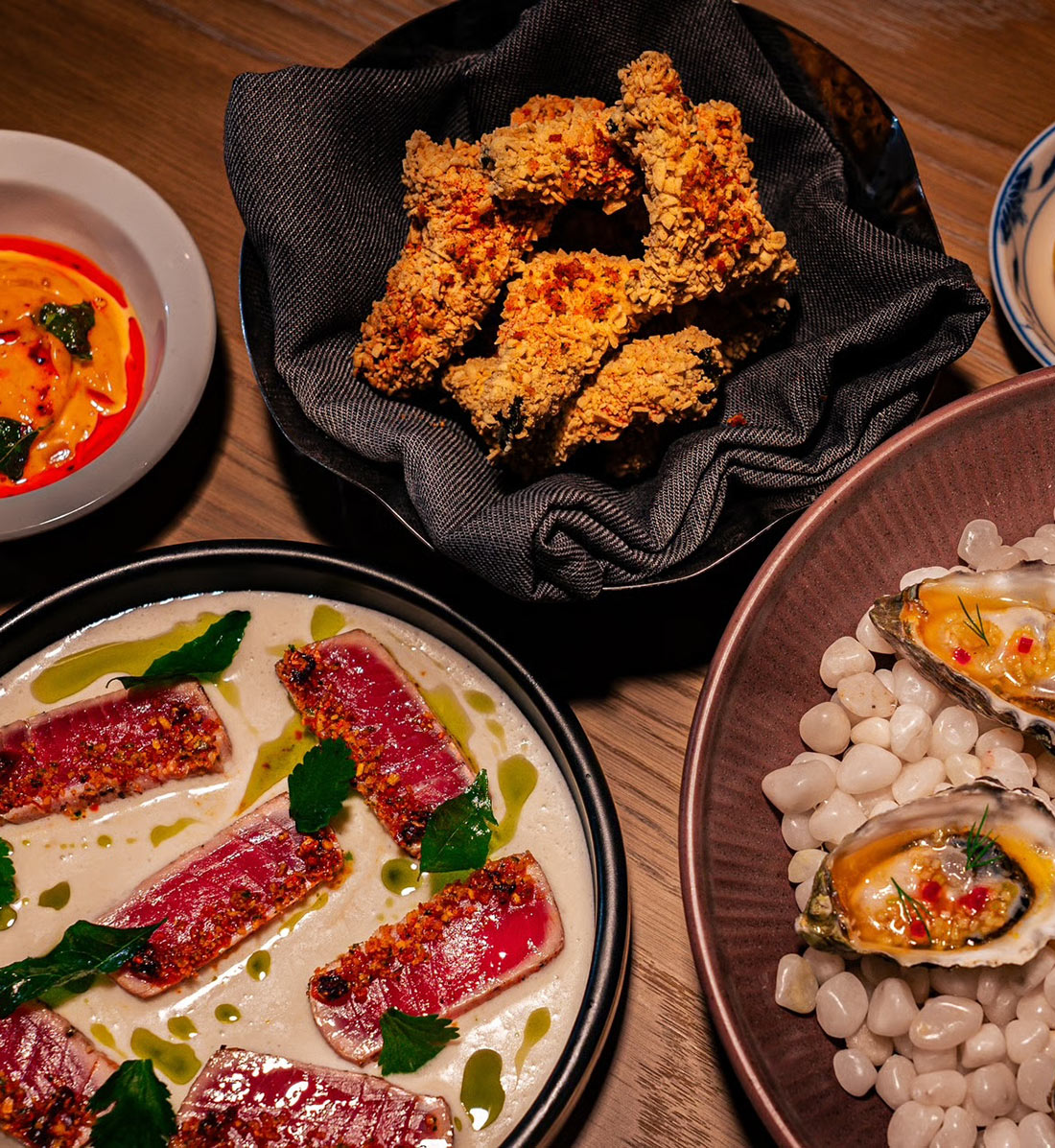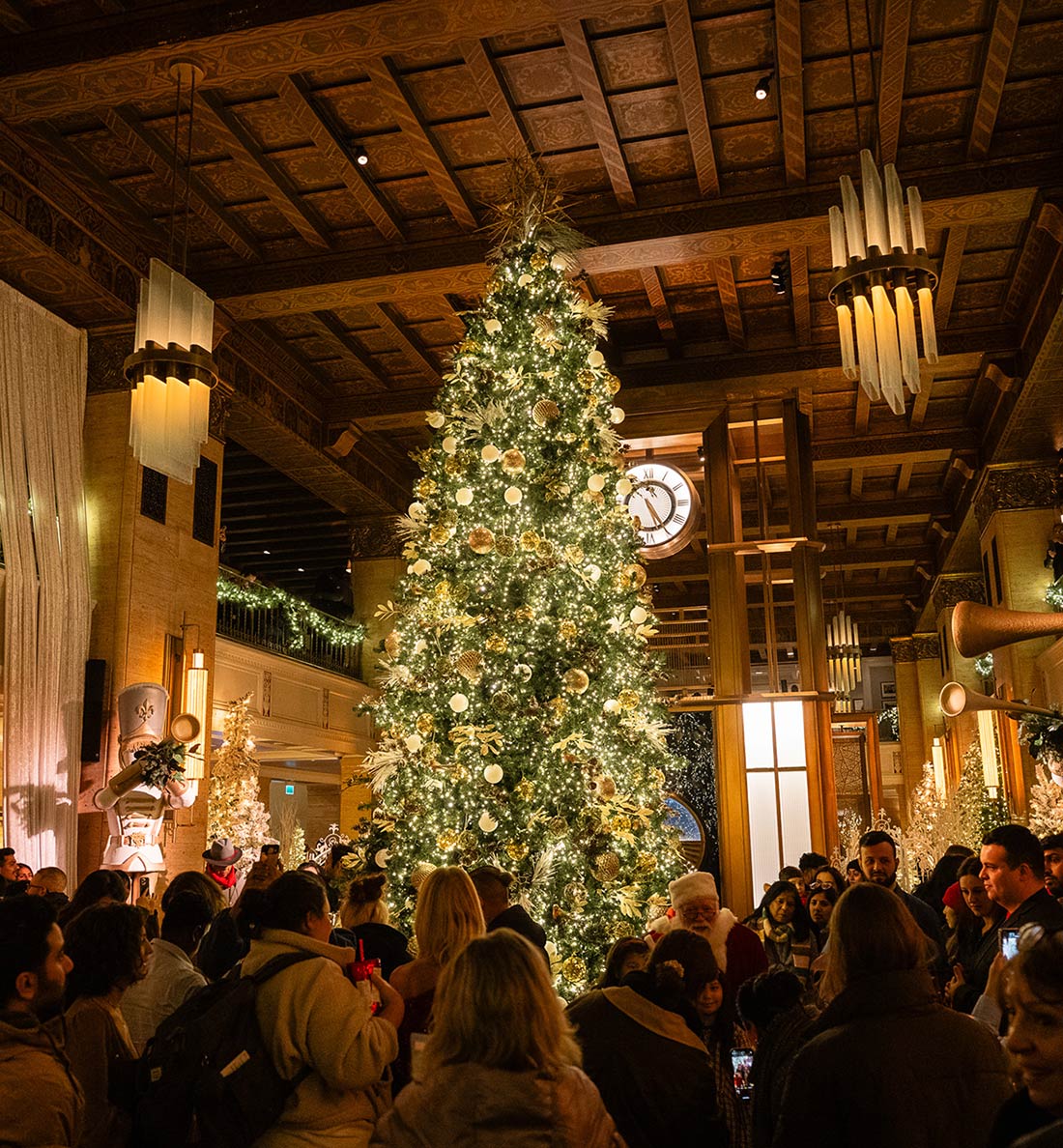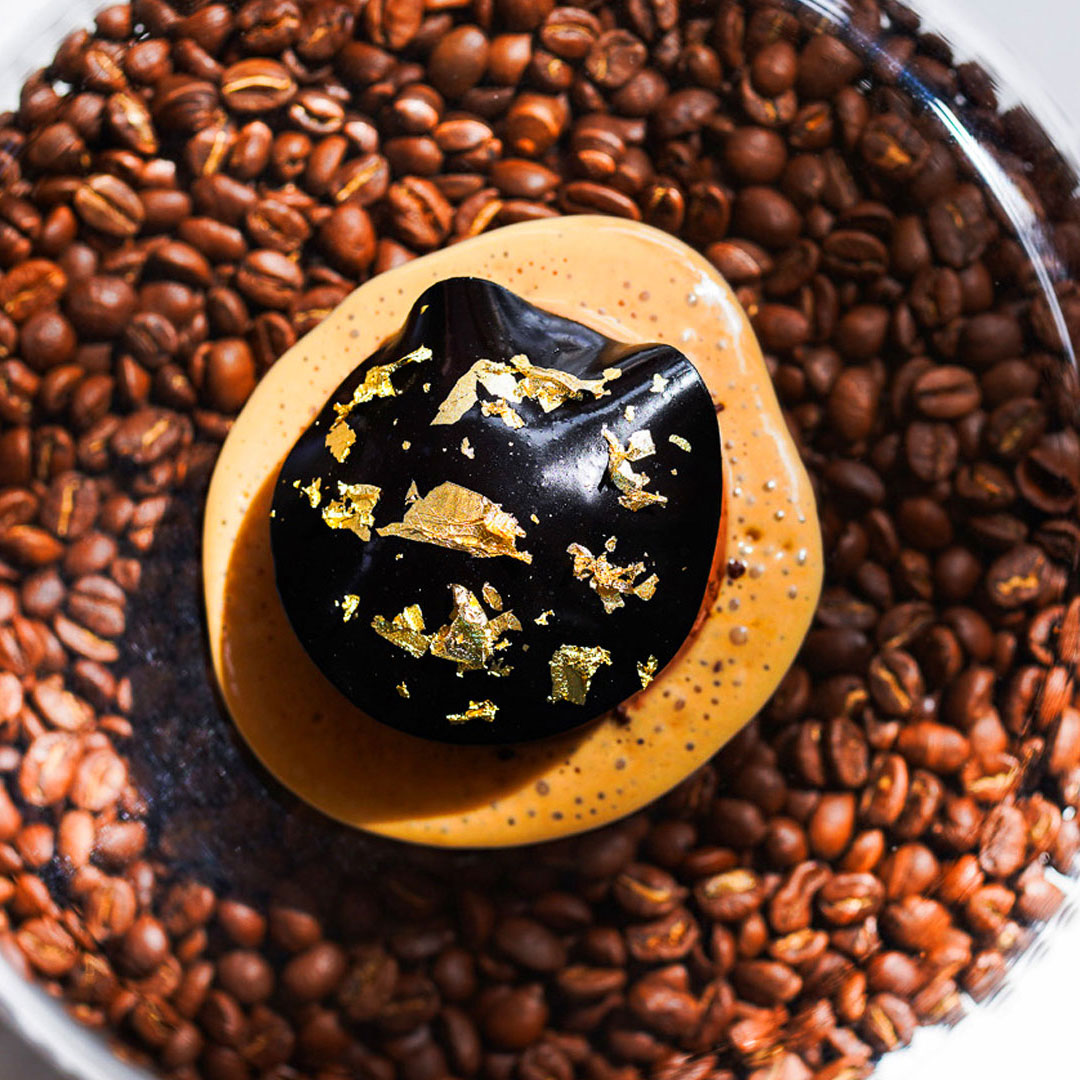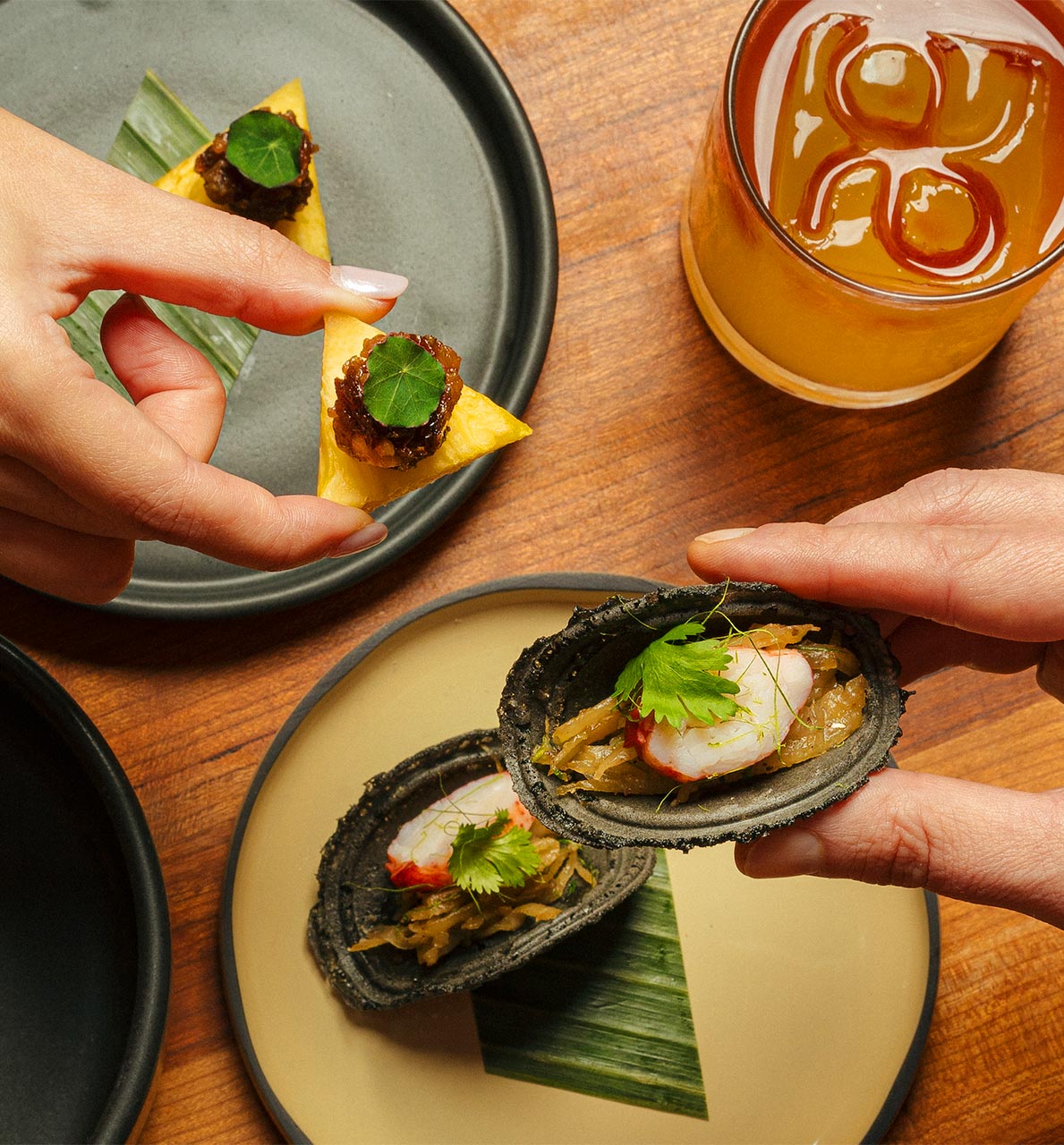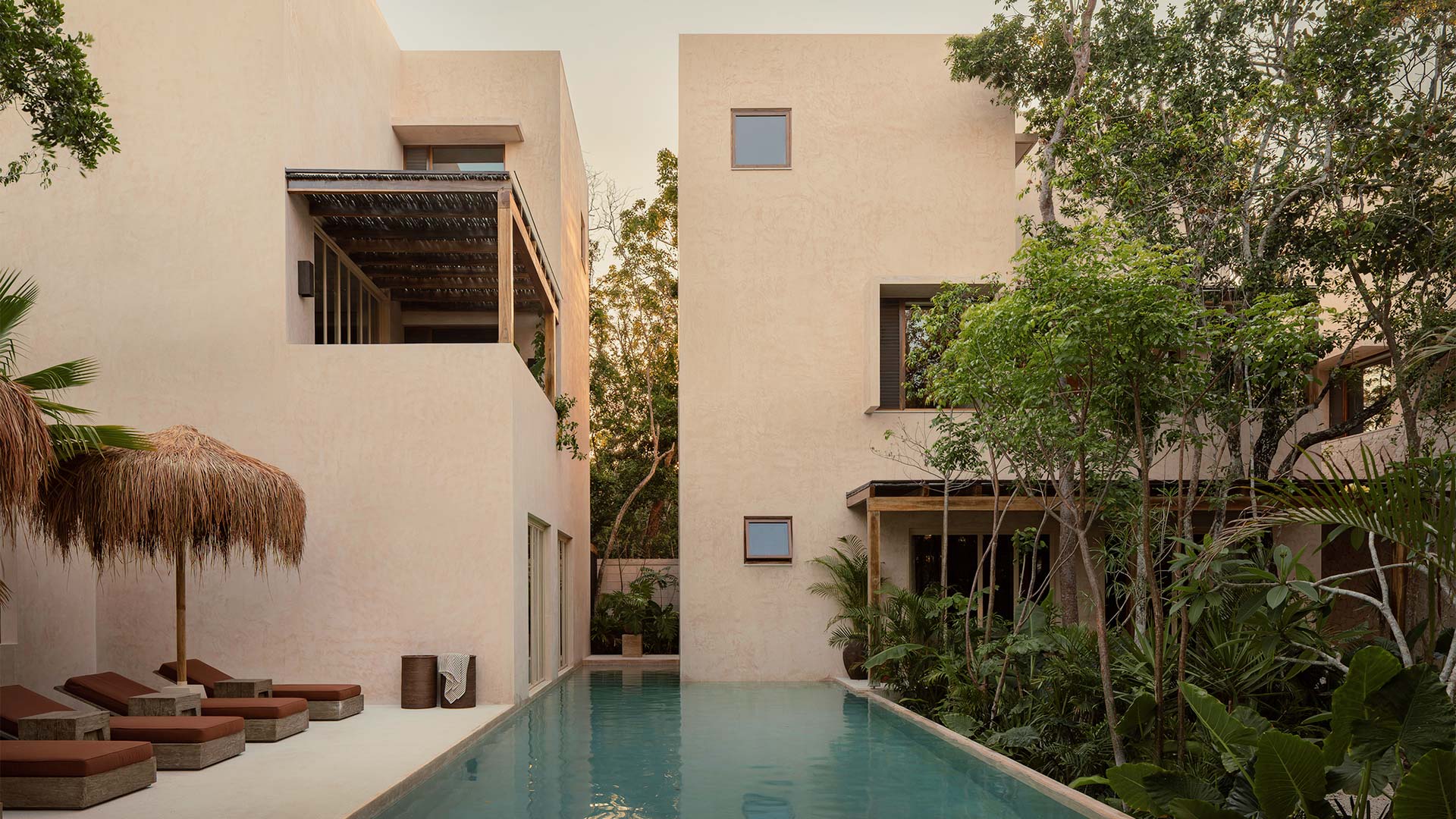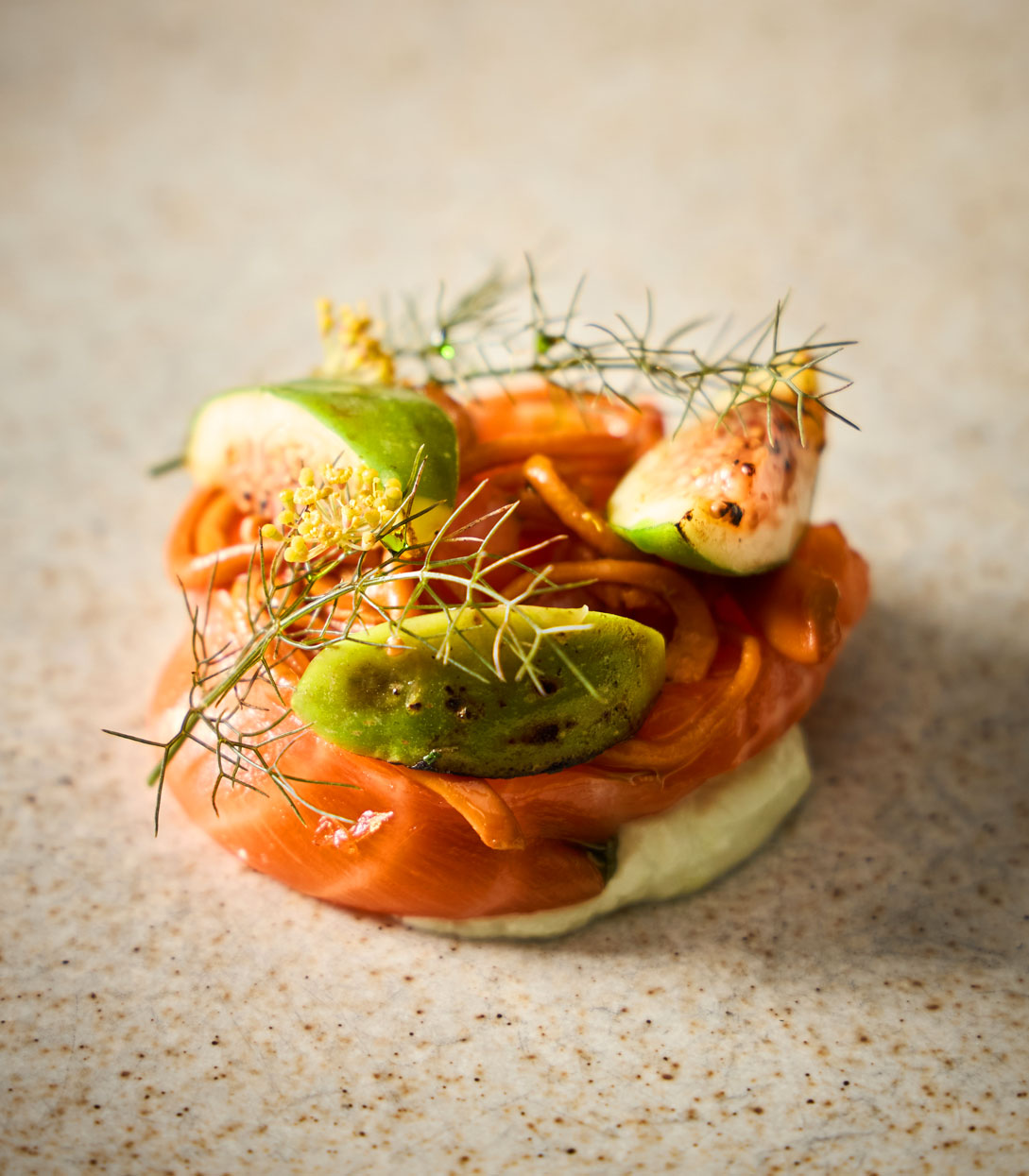Tokyo is an exciting destination in its own right, offering a dynamic blend of traditional culture and cutting-edge modernity. But its excellent transportation network also makes it an ideal base for exploring beyond the city. Thanks to Japan’s efficient shinkansen (bullet train) and extensive rail system, you can easily reach Hakone’s soothing hot springs, Yokohama's historic port, or the Izu Peninsula’s stunning beaches and coastal scenery—all just a short journey away. For those who prefer to take their time and fully immerse themselves in these destinations, an overnight stay is highly recommended. Check out our suggestions for MICHELIN Guide hotels in each area to elevate your experience.
Yokohama
Following more than two hundreds of years of isolation, Japan began opening up to other countries in the early 1850s. Yokohama Port was established in 1859, and went on to become a major center for international trade. Now Japan’s second-largest city, Yokohama offers an appealing mix of attractions, reflecting both its maritime history and its modern face as a hub for culture and technology. Moreover, many of the most popular spots are grouped close together in this highly walkable city.Foodies will find plenty to enjoy in Yokohama. The Cup Noodles Museum is dedicated to Japan’s most famous convenience food and their inventor, Momofuku Ando, while the Shin-Yokohama Ramen Museum houses a number of ramen shops and exhibits about the history of these hugely popular noodles. Ramen originally arrived in Japan with Chinese immigrants in the 19th century and today Yokohama boasts Japan’s largest Chinatown, with more than 600 restaurants and businesses in its colorful, bustling streets.
Yamate was the main residential district for Westerners who settled in Yokohama after Japan opened up. Stroll the tree-lined slopes and explore the well-preserved buildings, including the formed residences of merchant families. Visitors can discover more history a short bus ride from the city center at Sankeien, an expansive traditional Japanese garden designed by silk merchant Sankei Hara, which also features a collection of historical buildings brought here by Hara from other parts of Japan.

Experience the modern side of the city at Minato Mirai 21, a waterside shopping and entertainment hub with gleaming high rises, museums and the Cosmo World Amusement Park. Another popular shopping spot in this area is the Red Brick Warehouse, a historic port facility which has been transformed into an atmospheric setting for restaurants and bars.
For panoramic city views, head up to the observatory on the 69th floor of the Landmark Tower, or take a trip on the Yokohama Air Cabin cable car that connects JR Sakuragicho Station and Unga Park Station. Yokohama is one of Japan’s most photogenic cities at any time, but the evening views are truly magical.

Getting there: Central Yokohama can be reached in 20 to 30 minutes on various express trains from Shinjuku, Shibuya, Tokyo or Shinagawa Stations.
If you’d like to spend the night in Yokohama, check out:
Hakone
If it’s views of Mt. Fuji you’re after, make a beeline for Hakone, where—weather permitting—you’ll be treated to stunning views of Japan’s iconic symbol. Part of Kanagawa Prefecture, Hakone offers an eclectic array of attractions. The major spots are connected through a bewildering combination of trains, buses, cable cars, and boats, so plan your route ahead of time to make the most of your visit.Catch a bus from Hakone-Yumoto Station, the gateway to Hakone, to reach beautiful Hakone Shrine and Lake Ashi. After exploring the shrine, walk down to the edge of the lake to see another of Hakone’s most famous sights—the vermillion torii gate ‘floating’ on the lake with Mt. Fuji behind. While they seem an incongruous match for such a traditional setting, colorful boats decked out like pirate ships are a popular option for cruising on the lake. Indulge your inner child and enjoy the photo ops during a relaxing excursion. Take the boat from Motohakone and get off on the other end of the lake at Tongendai. From there it’s a short walk to the Hakone Ropeway, which will take you up to the steaming geothermal area of Owakudani and, with luck, more views of Mt. Fuji. Tuck into some of Hakone’s signature black eggs (chicken eggs boiled in hot spring waters) while you’re there.
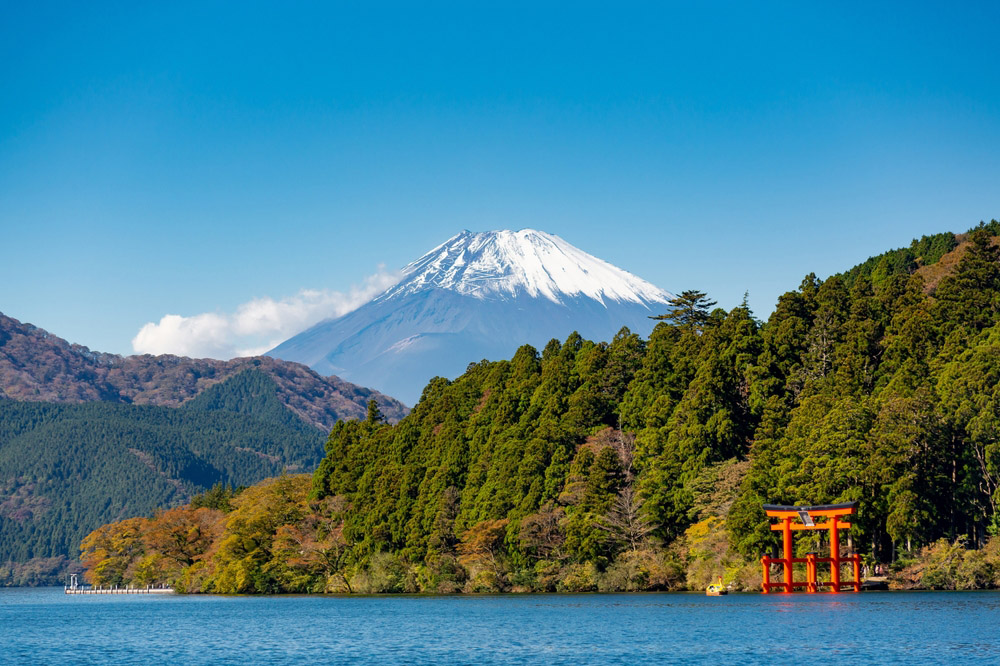
Gora Park boasts an attractive French-style garden with gorgeous flowers and is situated between two very different art museums. The Hakone Museum of Art features an extensive collection of Japanese earthenware and sits next to the park, while a 15-minute walk brings you to the Hakone Open-Air Museum, with a wide range of modern sculpture plus dynamic playscapes to delight the youngest members of the family. You can access all three attractions directly by taking a train from Hakone-Yumoto to Gora, or take the Hakone Ropeway from Togendai/Owakudani and change to the Hakone Tozan Cablecar at Sounzan.
Getting there: The easiest way to reach Hakone from Tokyo is to board the Odakyu Romance Car at Shinjuku Station, and travel directly to Hakone-Yumoto Station. The journey takes about 90 minutes and advance reservations are required.
If you’d like to spend the night in Hakone, check out:
Visitors staying overnight can check out the Hakone Freepass, a discount ticket which comes in two or three-day versions and covers eight different transportation systems in the area, including the round trip from Tokyo.

Izu Peninsula
Arguably best-known for its beaches and coastal scenery, the Izu Peninsula also includes mountain vistas, picturesque waterfalls, and hot spring towns, and was named a UNESCO Global Geopark in 2018 for its diverse geological features. An in-depth exploration of the peninsula requires an extended stay, but you can experience Izu in small bites on a day trip from Tokyo, including the following options.
Shimoda and Kawazu
Shimoda sits at the tip of the Izu Peninsula and is widely considered to have some of Japan’s best beaches. During his second voyage to Japan in 1854, American Commodore Matthew Perry spent time in Shimoda with his fleet of “black ships” (kurofune)—the Japanese name for the western vessels—and the first US Consulate in Japan was subsequently established here in 1856. Learn more about these events at the Shimoda Museum of History and the nearby Ryosenji Temple, where Perry conducted negotiations with the ruling Tokugawa shogunate. Other activities within easy reach of the central area around Izukyu-Shimoda Station include strolling Perry Road, an attractive tree-lined street with restaurants, cafes, and shops, or taking a short cruise of the port aboard a replica of a black ship. Shirahama, one of the area’s most popular beaches, is a 15-minute bus ride from the city center. Time permitting, take the train to the neighboring town of Kawazu and then change to a bus to reach the Kawazu Nanadaru, a series of seven lovely waterfalls along a wooded one kilometer trail.
Shuzenji Onsen
Japanese onsen (hot spring) resorts are best enjoyed with an overnight stay to get the full experience. That said, the charming hamlet of Shuzenji Onsen is a great choice for day trippers—whether or not you want to take the waters—and can be reached in 10 minutes by bus or taxi from Shuzenji Station. The oldest of its kind on the peninsula, this traditional hot spring town is perfect for exploring on foot. The original source of the water, Tokko-no-you, springs from the Katsura River and is said to have been called forth by the revered monk Kukai in 807. Tokko-no-yu itself is no longer open, but you can take a relaxing bath at the public Hakoyu onsen for a small fee, or soak your feet for free in the Sugi-no-yu footbath. Just across the river is Shuzenji, a pretty temple which was established by Kukai in the same year that the hot spring was discovered. The temple is surrounded by maple trees and is especially attractive in autumn. Those with adventurous palates shouldn’t miss wasabi (Japanese horseradish) ice cream while in Shuzenji Onsen.Getting there: The Odoriko express runs regular services between Tokyo Station and Atami, where the train splits. One section continues on to Izukyu-Shimoda via Kawazu (about 2 hours 15 minutes), while the other goes to Shuzenji (about 1 hour 35 minutes). A slightly faster and more luxurious train, the Saphir Odoriko, travels between Tokyo and Izukyu-Shimoda only. Reservations are required for all Odoriko trains.
If you’d like to spend the night in Izu, check out:

Related articles:
Hero Image: ©593_AdobeStock




